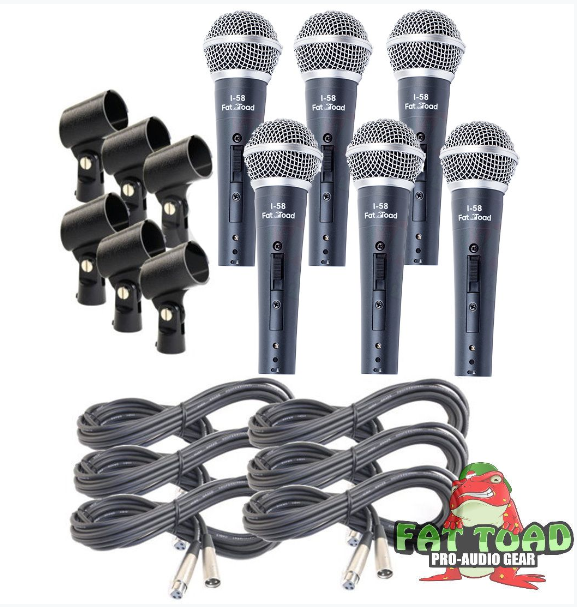SPOILER ALERT!
The Price of a Good Vocal Microphone

Whether you're singing live or addressing a large crowd, the quality of your audio is an essential factor. Though other people think that as long as they have a mike, all will soon be well. A seasoned vocalist should know that knives are not made the same. Some are made for specific functions, but others operate well in different sound situations.
The quality of sound you get from a mic really has a lot to do with how much you're prepared to spend on it. Moving for cheap will spell catastrophe on the quality of your vocals. Thus, expensive ones do not always deliver the guaranteed heaven. Still, you will find reasonably priced mic at a low price. In reality, the line between getting a fantastic mike and you're just doing enough market study. You need to understand the functionality of different sorts of microphones to help you make an informed purchase decision.
Locating a vocal microphone involves interacting with a great deal of technical jargon on your own research and considering different personal factors from the process. That is why we've produced this guide to help you find the right mic.
The Impedance Value
You must get acquainted with the impedance value of your mic that will help you decide on the perfect one for the vocals. The impedance of a microphone is best described as the AC immunity to indicate voltages. This is what controls the way that audio signals flow. Mics arrive in either high or low impedance, which is quantified in ohms.The higher the impedance value of the microphone, the lower the quality and the less costly they are. Low impedance microphones transmit clearer sound with high quality audio signals and are, hence, more expensive.
Do not Overlook The Frequency ResponseWhen speaking about the frequency response to a mic, so you need to understand that different microphones include different frequency responses. This mainly refers to how different microphones produce the signs itpicks up.
Microphones pick up sound and convert to an electronic signal which they move to the recorder. In this process, sound vibrations are lost, and a lot of information gets lost before it gets into the recording phase. Other microphones record improved bass or treble frequencies. Additional mics interrupts the frequency response.The frequencies of a mike range from low to high and are measured in hertz. When choosing a good vocal mic, go to get a good frequency response that ranges between 80 Hz to 15 kHz. Don't buy your mic without testing its performance because some are suitable for certain vocal pitches only.
For more details check out unidirectional microphone.
